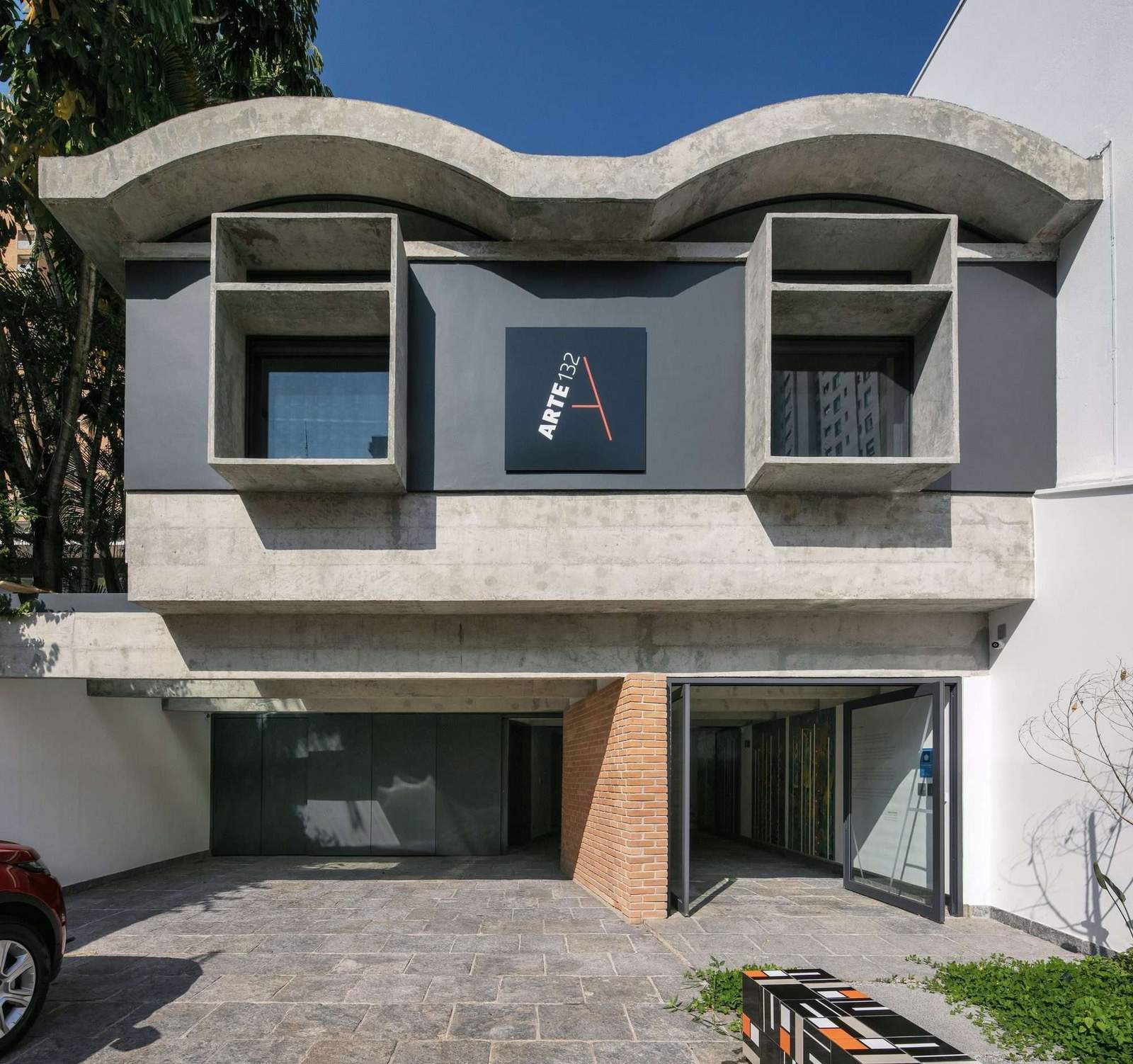Introduction: A Defining Moment for Architects’ Salaries
As we step into 2025, the architectural profession finds itself at a crossroads, shaped by global economic trends, shifting industry demands, and technological advancements. Rising inflation, U.S. tariff policies on building materials, fluctuating gold prices, and an evolving job market are all crucial factors that influence architectural salaries. This year presents a defining moment for architects worldwide: Will their earnings rise to match the cost of living, or will economic pressures drive down wages?
This article provides an in-depth analysis of architect salaries globally, taking into account economic trends, employment conditions, salary benchmarks, and future job prospects. Based on four research-backed sources, we will explore whether architecture remains a financially rewarding career in 2025.
1. The Economic Landscape and Its Impact on Architecture Salaries
A. The Effect of Trump’s Tariffs on Construction Costs
- In early 2025, the United States reinstated a 25% tariff on imported steel and aluminum, leading to an increase in construction costs by 10-15%.
- Many real estate and infrastructure projects in the U.S. have been delayed or downsized, impacting employment opportunities for architects.
- Firms in states like Texas and California have reported a 5-7% reduction in hiring architects due to increased building costs.
Without flattery, all economic factors affect architecture.
B. Inflation and Gold Prices: The Cost of Living Crisis
- Inflation in the U.S. has risen to 6.5%, reducing the purchasing power of salaries.
- Gold prices have surged to $2,100 per ounce, affecting luxury real estate development, which in turn has lowered demand for high-end residential architects.
- While salaries appear to have increased, they are not keeping pace with inflation, making cost-of-living adjustments a critical concern.

2. Global Construction and Architecture Market Trends
A. United States: Slow Growth with a Push for Sustainability
- According to Dodge Data & Analytics, 50% of large-scale projects have been delayed due to increased costs.
- However, demand for LEED-certified sustainable architecture has increased by 20%, leading to higher salaries for architects specializing in green design.
- Architects in Alaska earn the highest salaries in the U.S., averaging $144,000 per year, due to high demand and low availability of professionals.
B. Europe: Stability and Innovation in High-Tech Projects
- Switzerland leads in architectural salaries, with an average of $147,325 per year, driven by investments in smart cities and sustainable design.
- Germany has seen an increase in demand for urban planners with salaries averaging $91,705, partially fueled by post-war reconstruction efforts in Ukraine.
C. Middle East: A Construction Boom Drives Salaries Up
- The UAE offers an average of $5,500 per month for architects involved in projects like Expo 2030 and new urban developments.
- In Qatar, stadium architects working on World Cup 2030 preparations earn $6,000 per month due to the high-profile nature of the projects.
The Impact of Artificial Intelligence on Architects’ Salaries and the Design Industry
3. Architecture Salaries by Region and Experience Level
| Country | Entry Level (0-5 years) | Mid-Level (5-10 years) | Senior (10+ years) |
|---|---|---|---|
| USA | $55,000 – $70,000 | $70,000 – $90,000 | $90,000 – $140,000 |
| Switzerland | $87,109 – $110,000 | $110,000 – $130,000 | $130,000 – $153,797 |
| KSA | $3,500 – $4,500/month | $4,500 – $5,500/month | $5,500 – $7,000/month |
| Germany | $58,728 – $70,000 | $70,000 – $90,000 | $90,000 – $103,689 |
4. Specialization and Its Effect on Salaries
A. Different Types of Architects and Their Salaries
- Design Architect:
- Focuses on creative design, earning an average of $85,000.
- Top salaries are found at firms like Gensler (New York), where earnings can reach $184,744.
- Site Architect:
- Oversees construction processes, averaging $75,000, with additional hazard pay of up to 15% in high-risk areas.
- Interior Architect:
- Works on luxury interiors, earning between $60,000 – $100,000, depending on specialization in hospitality or residential design.
B. The Most In-Demand Specializations
- Sustainable Architecture: Salaries have grown +25% since 2023.
- AI-Driven Design: Architects in this niche earn up to $120,000 in Silicon Valley due to increasing integration of AI in design workflows.
5. The HR Perspective: Skills in High Demand for 2025
- Technical Expertise: Mastery of software like Revit and AutoCAD 3D increases salaries by 20%.
- Certifications: Architects with LEED AP certification earn 15% more than their peers.
- Languages: Bilingual architects (e.g., those fluent in Mandarin) are highly sought after for Belt and Road Initiative projects, leading to higher salaries.
6. Do Salaries Increase with Inflation?
- Yes, but not proportionally. U.S. architect salaries have risen by 4% annually, while inflation has increased by 6.5%, meaning real wages have declined.
- Major projects (such as smart city developments) are helping offset these declines through performance-based bonuses of up to 10% of base salaries.
Conclusion: The Future of Architecture as a Profession
The year 2025 presents a paradox for architects: economic challenges are pressuring salaries, yet demand remains strong in specialized fields such as sustainability and AI-integrated design. Those who adapt to emerging trends and technological advancements will thrive, while traditional roles may see stagnation or slower growth.
As the global economy evolves, the key question remains: Will architecture continue to be a financially rewarding career, or will salaries struggle to keep pace with inflation?
Sources:






